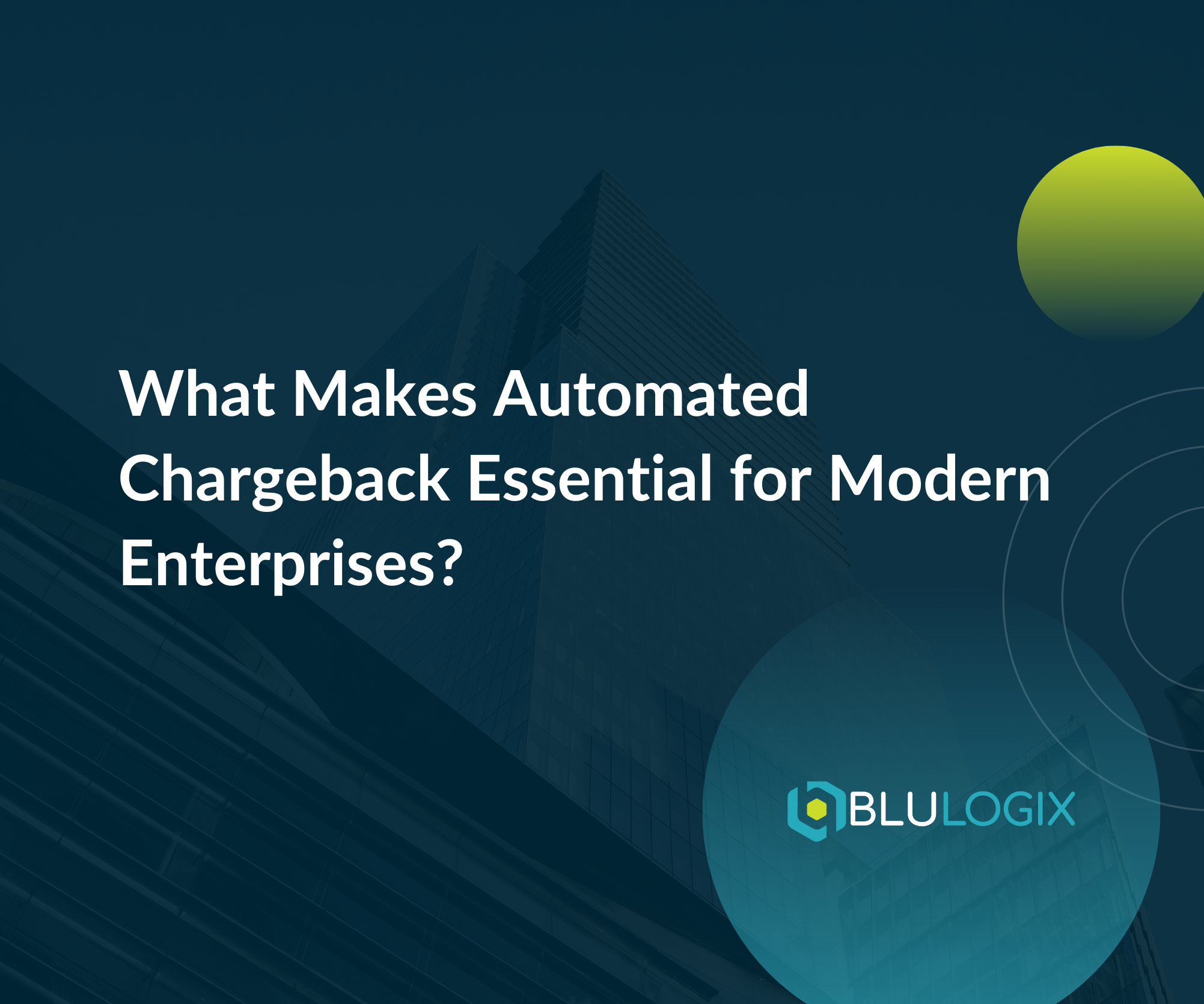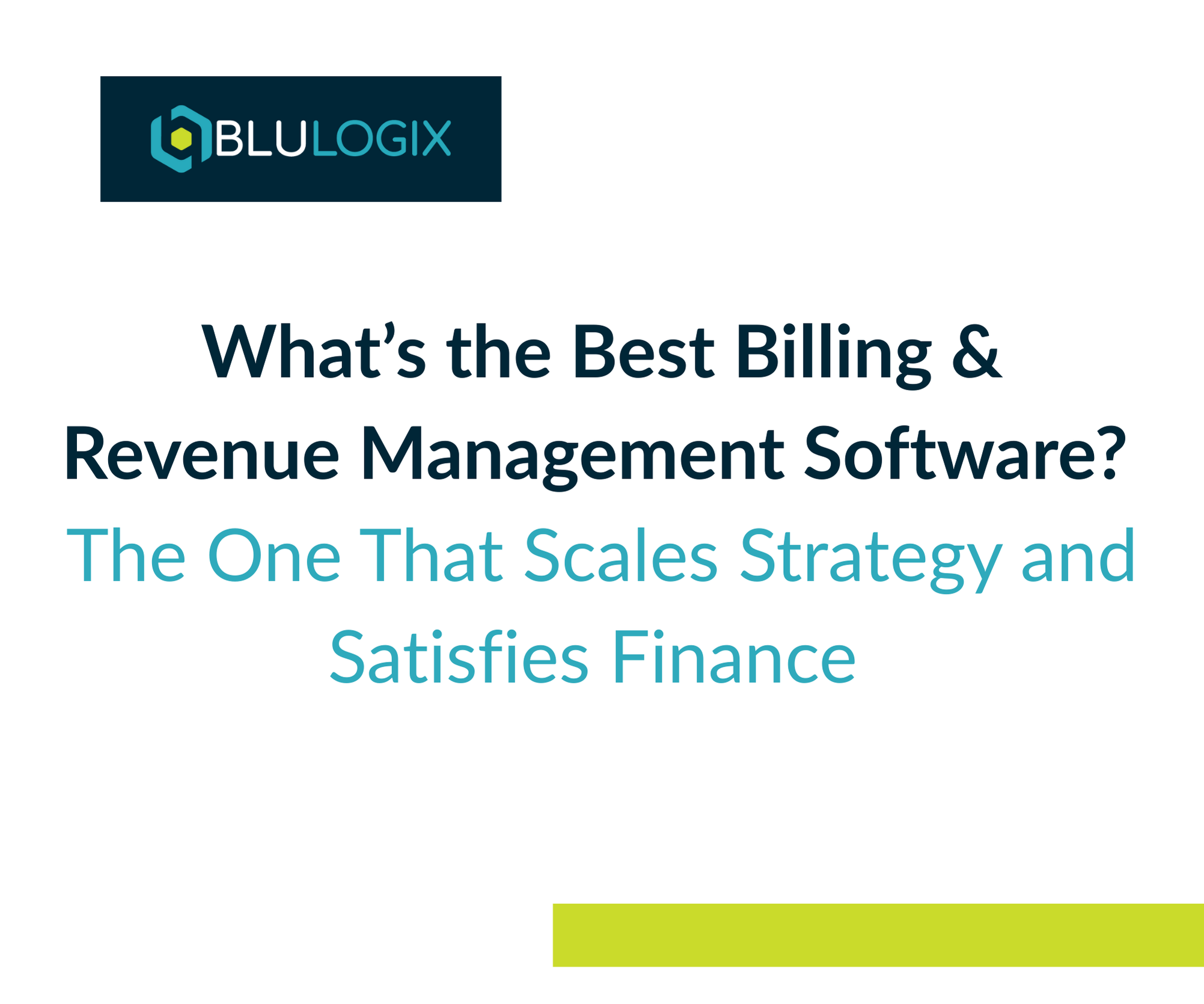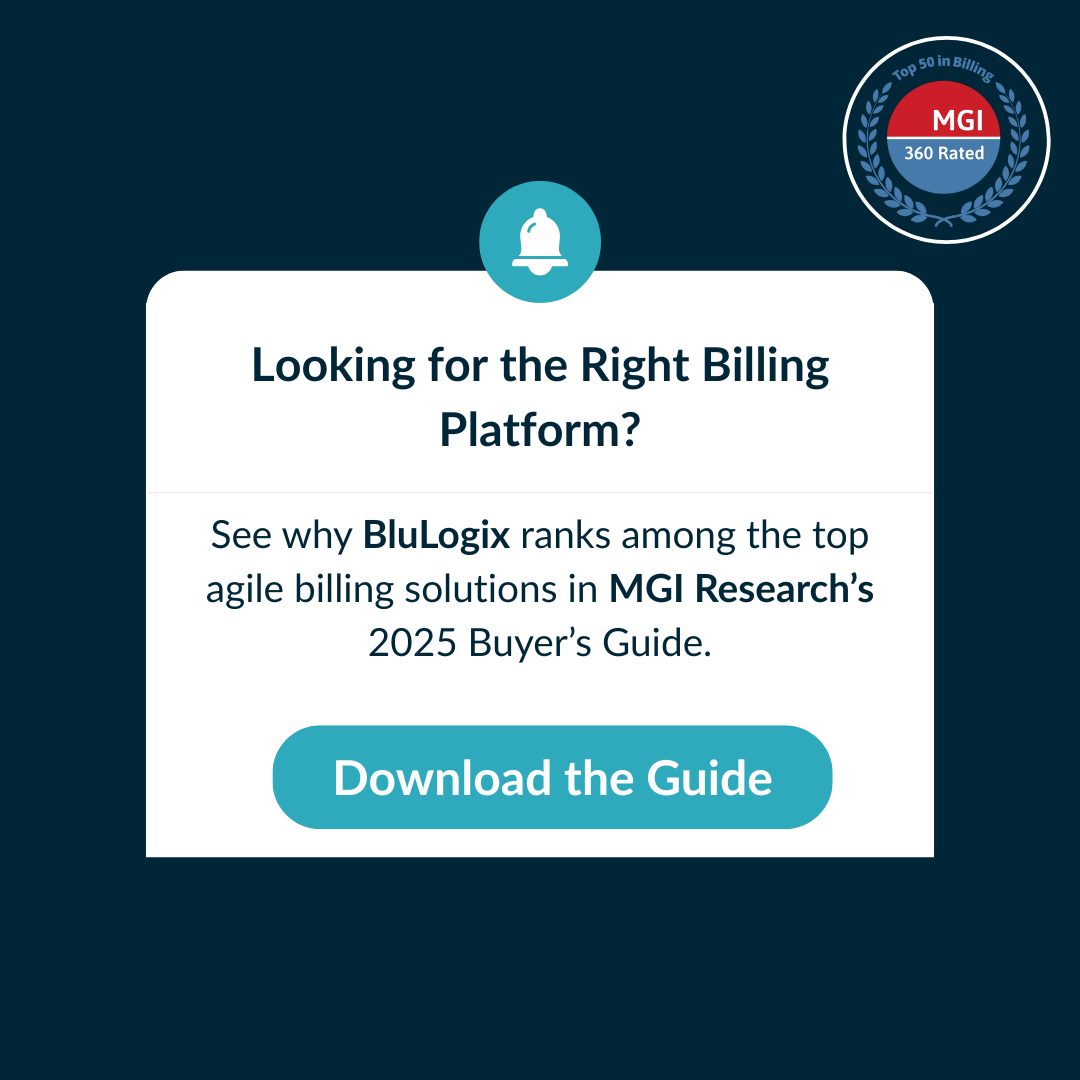The Business Impact of Failing To Adapt
This era of commerce is marked by the prevalence of digital products and services. And the cost of acquiring new customers keeps going up with no signs that it will slow down or stop anytime soon. As a result, the need to adapt to market changes has never been greater for CXOs and their teams.
See How BluIQ Makes Subscription Billing Easy
The biggest challenge is digital transformation (DX) in products and services. Initially, moving to the cloud was a strategic operations initiative led by product, engineering, and IT teams to plug cost leaks, scale offerings, and speed time to market. Eventually, this transformed into a business opportunity to redefine the delivery of those products and services. Now, companies have a unique opportunity to innovate, apply creative strategy, and reimagine their business from the ground up. But, executive buy-in is still a challenge.
A far more fundamental change is having a dramatic impact on business operations. The name of the game became a race to acquire new customers, often at the risk of losing well-established business. You may be familiar with this referred to as product-led growth. With that, glaring gaps and blindspots in organizational processes and value alignment rear their ugly heads.
So how do you get to great? The shift to the cloud and continued innovation in productization has highlighted the importance of streamlined end-to-end business process automation.
A big change is the approach to customer experience (CX) and relationship management. Rich and new interaction paradigms to develop deep customer relationships for growth and retention are front and center.
Many CXOs are of the mindset “if we build it, they will pay for it. So let’s just bill it, easy.” It’s a concept that seems easy on the surface, but billing is elusive. As a result, companies that don’t lay a solid foundation for process automation will soon find themselves with an inexecutable go-to-market strategy. When thinking “long term,” one needs to identify areas to invest in strategies for retaining your current customers while driving new business.
Why change? Because billing doesn’t look like it used to.
What was initially the ‘Software-as-a-Service model’ has significantly changed consumer expectations over time. As a result, businesses need to meet the increasing demand for flexibility and creativity in the pricing and packaging of products to deliver the best experience to retain business while creating new revenue streams.
Products aren’t static; they’re dynamic and individualized. Bundles, discounts, and usage ratings are examples of the creativity applied to drive business value addition; agile billing platforms allow you to streamline RevOps by automating business processes to create repeating, recurring, and renewable business.
It’s not a matter of if but when.
Don’t risk becoming another piece of shelfware. Being a big name or business doesn’t grant a free pass to ignore or put off process optimization. Businesses that don’t practice discipline and adapt to this new paradigm will face eroding returns and leave no room for creating new offerings, leading to:
- Risk to your core portfolio
- Lost opportunities to monetize offerings
- Customer churn, or losing a renewal to a competitor
- Less predictability and control of your revenue streams leading to reduced ROI
Executive response to internal (board, rev goals, finance) and external (market changes, competitive loss, industry earnings reporting) pressures is the most critical factor driving digital transformation today.
Businesses that harness and implement solutions for these forces are winning the competitive race for customer engagement and dollars. Conversely, passively doing nothing or sticking to the status quo means falling behind. So this isn’t an issue you can afford to ignore.
Adaptation is not simply acknowledging market changes and adopting a few things here and there. Just as subscription, consumption, or usage billing isn’t defined by ‘digital transformation’ or ‘moving to the cloud,’ but rather by your investment in go-to-market strategy, talent, tools, and methodology selected to get you there.
Adaptation is a process with identifiable and actionable steps.
Monetization scenarios and capabilities that would be difficult if not impossible before
now connect end-to-end, giving full visibility into every event for actionable insights to:
- Understand customer engagement and usage to improve adoption and product stickiness
- Create a churn risk model and work proactively on customer relationships to build trust and show business value
- Get 360 revenue recognition and full mapping from your CRM to your ERP, so you don’t miss a penny
Without orchestration, automation, data, and analytics, you can’t know how your products and services are performing and how to improve customer adoption and retention.
With disconnected data, siloed processes, and disparate tools, you can’t act on data to solve these problems, let alone uncover new revenue opportunities – those old systems don’t adapt to this new world.
See How BluIQ Makes Subscription Billing Easy
Revenue recognition, cost analysis and margin reconciliation is achievable only with complete integration and end-to-end process automation that democratizes and connects your data with precision. This visibility gives you the ability to understand your entire product and service portfolio and take action in place, and often immediately, to get the strongest business results.
Want to learn more? Check out our webinar – Change or Go Extinct: Embracing Complexity and Change in Go-to-Market Strategy
Learn more

What Role Does Data Play in Building a Transparent and Scalable Chargeback Model?

What Makes Automated Chargeback Essential for Modern Enterprises?



